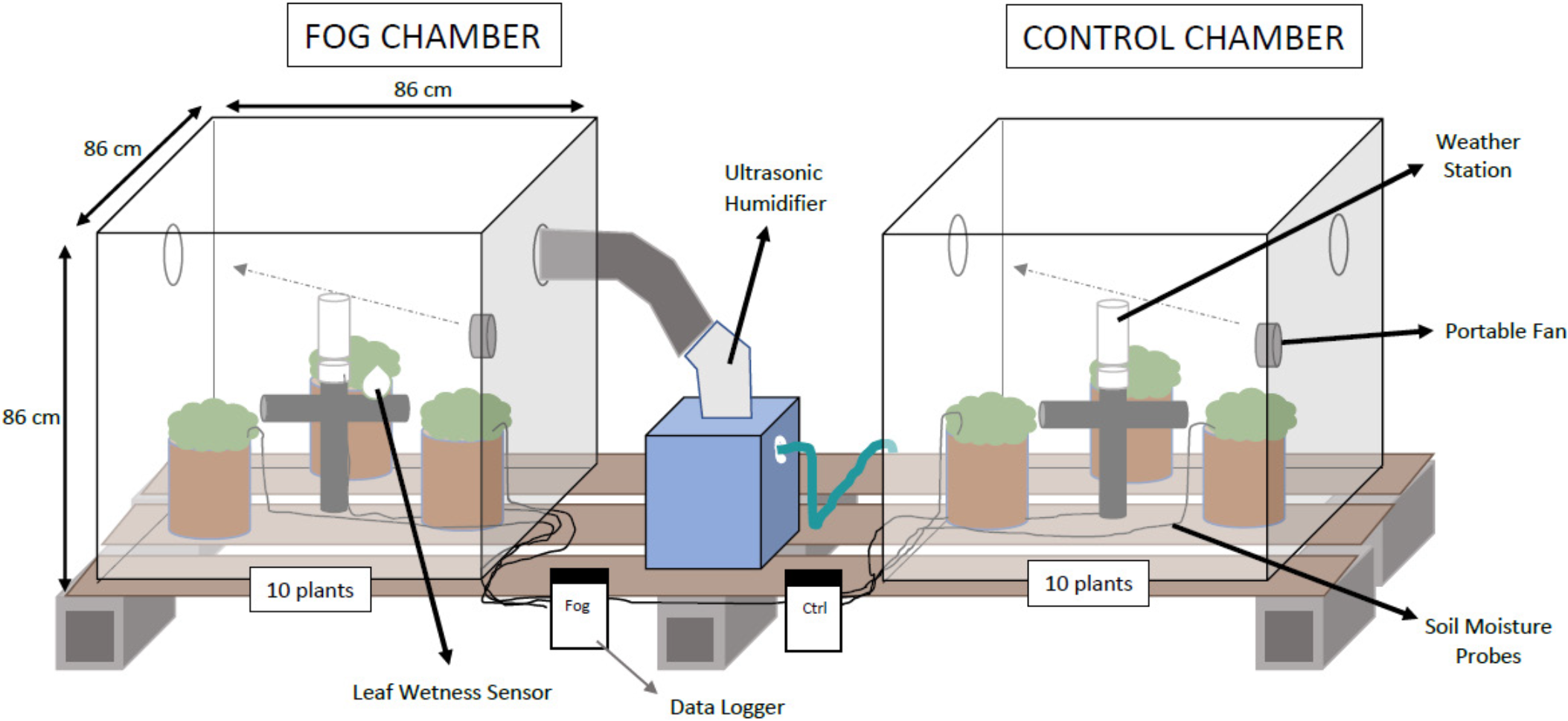Coastal fog enhances physiological function of seaside daisies (Erigeron glaucus)

Gomes, S. E., & Baguskas, S. A. (2022). Coastal fog enhances physiological function of seaside daisies (Erigeron glaucus). Western North American Naturalist, 82(3), 537–548.
Seaside daisy (Erigeron glaucus) is a plant native to fog-influenced coastal dune habitat in California. Seaside daisy is an important nectar plant to a variety of pollinators, especially butterflies, and is commonly used in coastal dune habitat restoration projects. In San Francisco, pollinator habitat restoration is critical for preserving species that would have otherwise been lost to urbanization. Advancing our basic understanding of how microclimate conditions (coastal fog in particular) impact the physiological function of the seaside daisy is an important first step to developing climate change–resilient habitat restoration plans. In semiarid Mediterranean ecosystems, coastal fog can augment plant water status in otherwise drought-stressed plants through fog drip to the soil, reduction of atmospheric stress, and/or leaf wetting that can result in foliar uptake of fog water. While there is a high degree of uncertainty as to how coastal fog frequency may be impacted by climate change, historical observations show a 33% decline in coastal fog along the Pacific Coast. As the climate continues to change, the potential reduction of this crucial water resource may negatively impact the plants within foggy environments. However, the importance of coastal fog in supporting the physiological function of seaside daisies has not yet been studied. We conducted a manipulative fog experiment to understand the relative importance of coastal fog and irrigation to the physiological function of seaside daisy plants. In a controlled chamber, plants were exposed to the following treatment groups: (1) fog and irrigation, (2) fog only, (3) irrigation only, and (4) neither fog nor irrigation. We measured leaf-level photosynthesis rates and stomatal conductance using a portable photosynthesis system (Model Li-6800, LICOR Biosciences). We monitored microclimate conditions in each chamber as well as shallow soil moisture (5 cm) in a subset of the study plants. We found that photosynthesis rates increased when plants experienced simulated fog events, regardless of irrigation; irrigated plants increased by 26%, whereas nonirrigated plants increased by 31%. We also found that soil moisture was a weak predictor of photosynthesis rates, suggesting that heightened photosynthesis rates during fog events were not driven by fog drip to the soil in our study. Our results strongly suggest that fog matters to the function of this important nectar plant species and that the mechanism is likely foliar uptake of fog water. Our study informs how coastal fog events can increase the likelihood of survival for seaside daisies and therefore improve overall pollinator habitat quality.